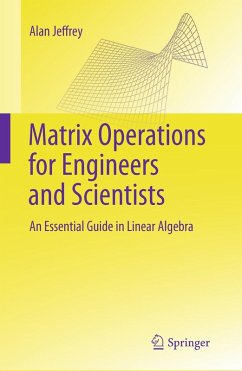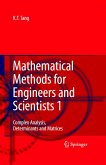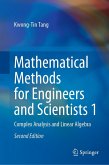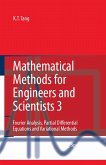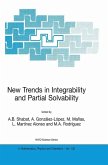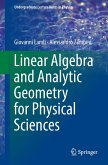Engineers and scientists need to have an introduction to the basics of linear algebra in a context they understand. Computer algebra systems make the manipulation of matrices and the determination of their properties a simple matter, and in practical applications such software is often essential. However, using this tool when learning about matrices, without first gaining a proper understanding of the underlying theory, limits the ability to use matrices and to apply them to new problems. This book explains matrices in the detail required by engineering or science students, and it discusses linear systems of ordinary differential equations. These students require a straightforward introduction to linear algebra illustrated by applications to which they can relate. It caters of the needs of undergraduate engineers in all disciplines, and provides considerable detail where it is likely to be helpful. According to the author the best way to understand the theory of matrices is by working simple exercises designed to emphasize the theory, that at the same time avoid distractions caused by unnecessary numerical calculations. Hence, examples and exercises in this book have been constructed in such a way that wherever calculations are necessary they are straightforward. For example, when a characteristic equation occurs, its roots (the eigenvalues of a matrix) can be found by inspection. The author of this book is Alan Jeffrey, Emeritus Professor of mathematics at the Univesity of Newcastle upon Tyne. He has given courses on engineering mathematics in UK and US Universities.
Dieser Download kann aus rechtlichen Gründen nur mit Rechnungsadresse in A, B, BG, CY, CZ, D, DK, EW, E, FIN, F, GR, HR, H, IRL, I, LT, L, LR, M, NL, PL, P, R, S, SLO, SK ausgeliefert werden.
From the reviews:
"This work addresses all of the standard fare associated with an introductory course in linear algebra, albeit with an applied perspective appropriate for the audience suggested by its title. ... Readers wishing to apply the methods of linear algebra to engineering problems would certainly find this book appropriate. ... Summing Up: Recommended. Academic libraries serving upper-division undergraduates through researchers/faculty." (D. S. Larson, Choice, Vol. 48 (7), March, 2011)
"This book meets the needs of engineers and scientists for an introduction to linear algebra in a context they understand. It provides a very detailed treatment of the theory of matrices ... . There are numerous worked examples throughout the book and sets of exercises are provided at the end of each chapter, with all the solutions given at the end of the book. A special effort is made to keep all numerical calculations simple." (Rabe von Randow, Zentralblatt MATH, Vol.1210, 2011)
"This work addresses all of the standard fare associated with an introductory course in linear algebra, albeit with an applied perspective appropriate for the audience suggested by its title. ... Readers wishing to apply the methods of linear algebra to engineering problems would certainly find this book appropriate. ... Summing Up: Recommended. Academic libraries serving upper-division undergraduates through researchers/faculty." (D. S. Larson, Choice, Vol. 48 (7), March, 2011)
"This book meets the needs of engineers and scientists for an introduction to linear algebra in a context they understand. It provides a very detailed treatment of the theory of matrices ... . There are numerous worked examples throughout the book and sets of exercises are provided at the end of each chapter, with all the solutions given at the end of the book. A special effort is made to keep all numerical calculations simple." (Rabe von Randow, Zentralblatt MATH, Vol.1210, 2011)

